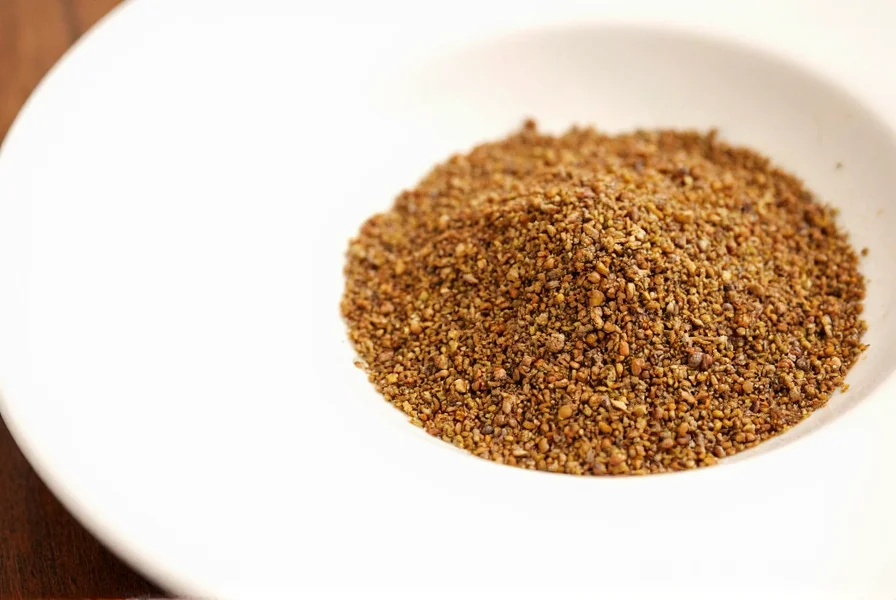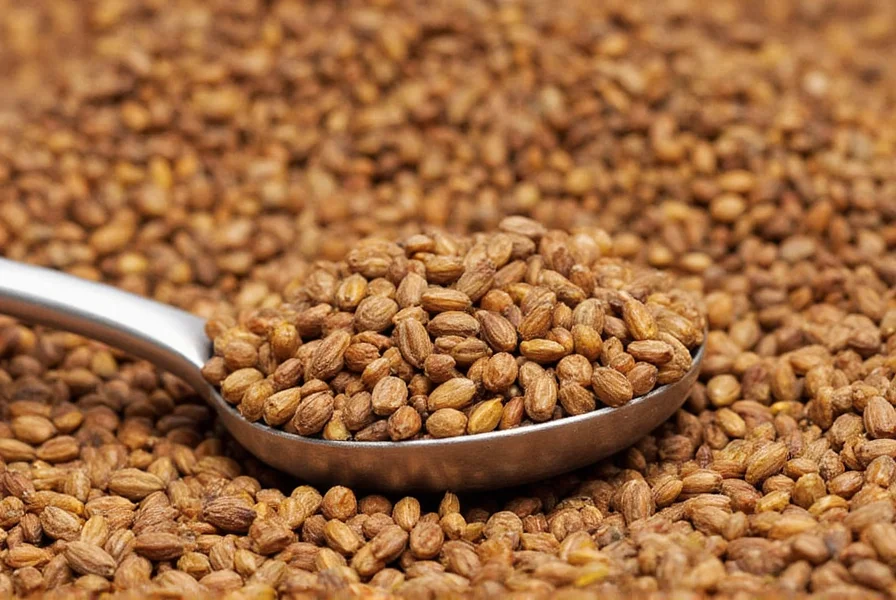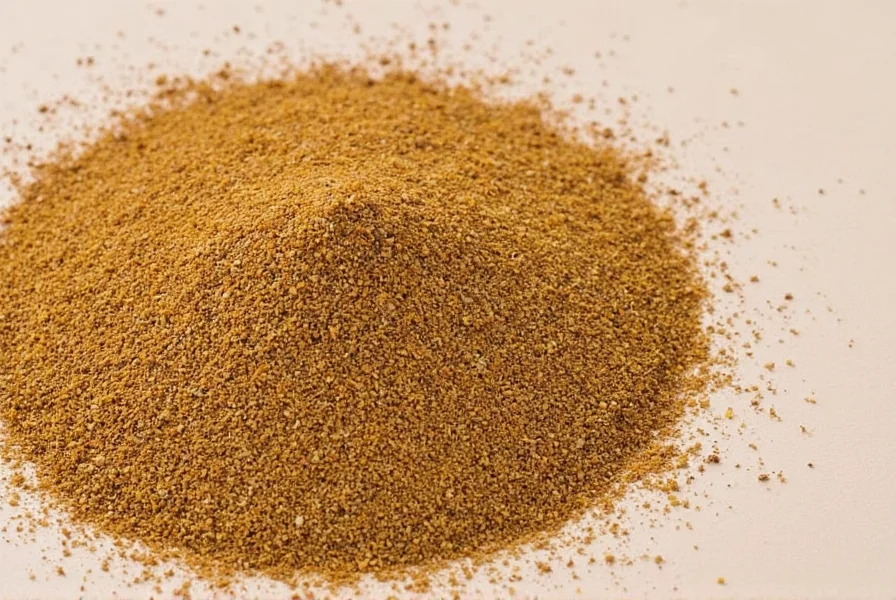When exploring cumin indian eats, you'll discover this humble spice plays a starring role across India's diverse culinary landscape. Unlike many Western cuisines where cumin appears occasionally, Indian cooking relies on it as a foundational flavor element in both North and South Indian traditions.
The Historical Roots of Cumin in Indian Cooking
Archaeological evidence shows cumin cultivation in the Indian subcontinent dating back to the Harappan civilization (2500-1700 BCE). Ancient Ayurvedic texts reference cumin (jeera in Hindi) for both culinary and medicinal purposes. The spice traveled along trade routes to become integral to regional Indian cuisines, adapting to local preferences while maintaining its essential character.

Whole Seeds vs. Ground: Understanding Cumin Forms
Indian cooks utilize cumin in two primary forms, each serving distinct purposes:
| Form | Usage in Indian Cooking | Storage Tips |
|---|---|---|
| Whole cumin seeds | Tempered in hot oil (tadka) to start dishes, used in rice preparations, pickles | Store in airtight container away from light; retains potency 2-3 years |
| Ground cumin | Added to wet masalas, marinades, spice blends; used when uniform flavor distribution needed | Use within 6 months; store in refrigerator for maximum freshness |
Professional chefs specializing in authentic indian cuisine with cumin emphasize that freshly grinding whole seeds yields significantly better flavor than pre-ground versions, though convenience often dictates using quality store-bought powder for home cooking.
Cumin's Flavor Chemistry in Indian Dishes
The distinctive flavor profile of cumin comes from cuminaldehyde, its primary chemical compound. When heated in oil during the tadka process, this compound transforms, creating deeper, nuttier notes that form the flavor base for countless Indian dishes. This technique, known as baghaar or chaunk, differs significantly from simply adding ground cumin later in cooking.
Understanding how cumin enhances indian recipes requires recognizing its synergistic relationship with other spices. Cumin pairs particularly well with coriander, turmeric, and asafoetida (hing), creating complex flavor layers that define regional Indian cooking styles from Punjabi to Tamil cuisine.
Signature Dishes Featuring Cumin Prominently
While cumin appears in nearly all Indian savory dishes, certain preparations showcase it as a primary flavor:
- Jeera Rice - Basmati rice cooked with whole cumin seeds, where the spice's aroma permeates each grain
- Dal Tadka - Lentil stew finished with cumin-tempered oil, creating an aromatic top layer
- Aloo Jeera - Potatoes stir-fried with cumin seeds, a common North Indian side dish
- Cumin-spiced Chaat - Street food snacks where roasted cumin powder adds earthy depth to tangy flavors
Regional variations demonstrate cumin usage across indian regional cuisines. In South India, cumin often appears in tempering for sambar and rasam, while in Gujarat, it features prominently in dhokla and the spice blend vadu maavu.
Proper Cumin Handling Techniques
Mastering cumin in Indian cooking requires attention to these critical techniques:
- Dry roasting - Lightly toasting whole seeds before grinding enhances flavor complexity without burning
- Oil temperature control - Adding cumin to oil that's hot but not smoking prevents bitterness
- Timing - Whole seeds typically go in first during tempering, before other spices
- Quantity balance - Traditional Indian recipes use cumin more generously than Western adaptations
Many home cooks make the mistake of common errors with cumin in indian cooking, such as using stale spice, adding ground cumin too early in the cooking process, or substituting other spices that don't provide the same earthy foundation.

Health Perspectives on Cumin in Indian Food Culture
Traditional Indian culinary practices incorporate cumin not just for flavor but for perceived digestive benefits. In Ayurveda, cumin is considered laghu (light) and ushna (hot), believed to stimulate digestion. Modern research supports some of these traditional uses, with studies indicating cumin may aid digestion and have antioxidant properties.
When exploring cumin benefits in traditional indian eats, it's important to distinguish between culinary usage and medicinal applications. In everyday Indian cooking, cumin functions primarily as a flavor enhancer within balanced spice combinations rather than as a standalone remedy.
Modern Interpretations of Cumin in Indian Cuisine
Contemporary Indian chefs continue innovating with this ancient spice while respecting tradition. Some modern applications include:
- Cumin-infused oils for finishing dishes
- Smoked cumin variations for added complexity
- Cumin in unexpected applications like desserts and cocktails
- Regional fusion dishes that highlight cumin's versatility
Understanding cumin's role in evolving indian food trends shows how traditional ingredients adapt to contemporary palates while maintaining cultural authenticity.
Conclusion: The Enduring Significance of Cumin
Cumin remains indispensable to Indian culinary identity, connecting modern cooks to centuries of tradition. Its distinctive flavor profile forms the backbone of countless regional dishes, from humble home cooking to elaborate restaurant preparations. By understanding proper usage techniques and respecting its role in flavor layering, cooks can authentically capture the essence of Indian cuisine where cumin isn't just an ingredient—it's a culinary cornerstone.
What's the difference between white and black cumin in Indian cooking?
White cumin (regular cumin seeds) is the standard variety used throughout Indian cuisine. Black cumin (kalonji or nigella seeds) is a different spice entirely with a more pungent, onion-like flavor, used primarily in breads and some regional dishes. They are not interchangeable in traditional recipes.
Can I substitute ground cumin for whole seeds in Indian recipes?
While possible in a pinch, this substitution significantly alters flavor development. Whole seeds release flavor gradually when tempered in oil, while ground cumin added later creates a different flavor profile. For authentic results, use whole seeds for tempering and ground cumin for spice blends as specified in traditional recipes.
Why does my cumin taste bitter in Indian dishes?
Bitter cumin usually results from burning during the tempering process. Cumin seeds should be added to medium-hot oil and removed from heat just as they begin to release aroma (about 30-60 seconds). Overheating or using oil that's too hot causes bitterness that permeates the entire dish.
How can I tell if my cumin is fresh enough for authentic Indian cooking?
Fresh whole cumin seeds should have a strong, citrusy aroma when rubbed between fingers. They'll feel slightly oily and make a slight cracking sound when pressed. Ground cumin should have a vibrant yellow-brown color (not dull gray) and release immediate aroma when opened. Stale cumin lacks fragrance and produces flat-tasting dishes.











 浙公网安备
33010002000092号
浙公网安备
33010002000092号 浙B2-20120091-4
浙B2-20120091-4